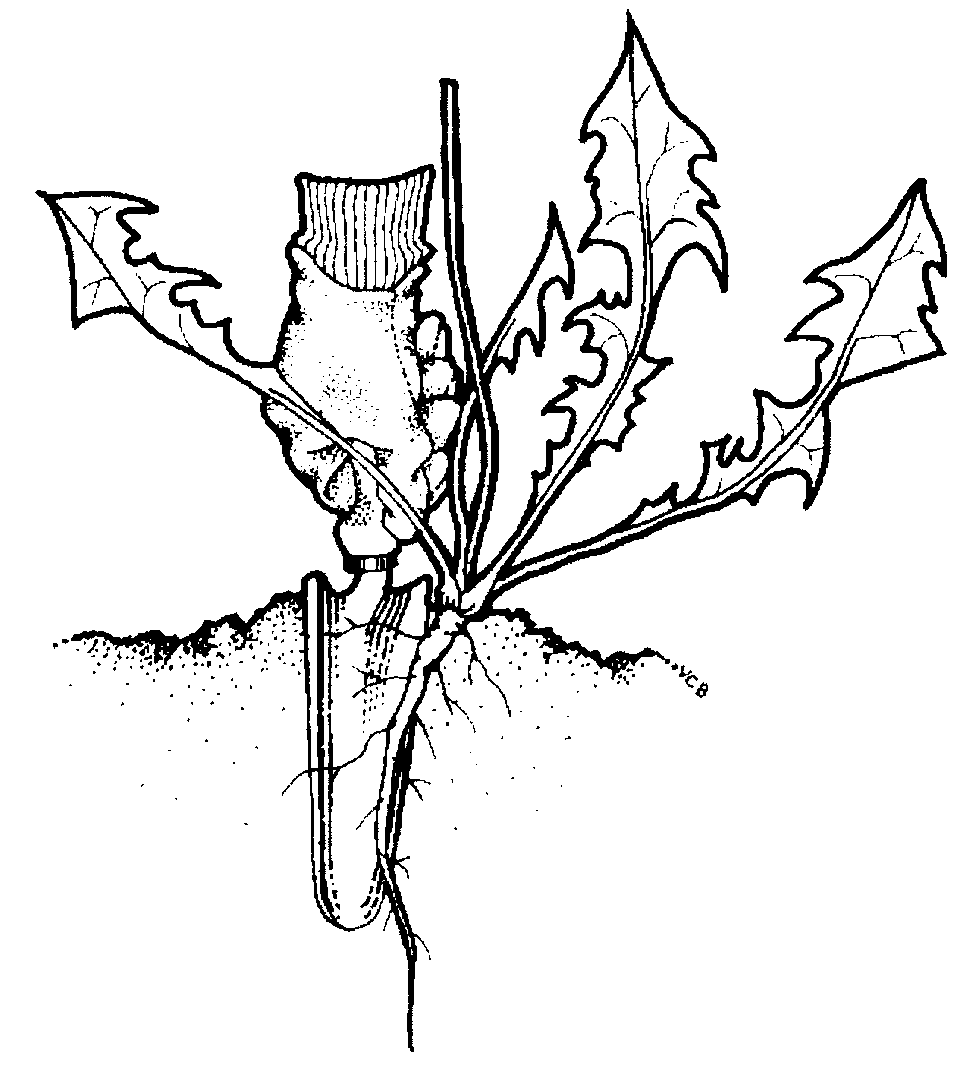Lantana spp.
Family: Verbenaceae
Type of weed: Woody weed
Flower colour(s): Orange, Pink, Red, White
Priority Weed State Priority Weed. (See more weeds of the State Priority Weed class.)
This is a Weed of the Month for July
Flowering Months: January, February, March, April, October, November, December
Description
Lantana is a heavily branching shrub which grows in dense thickets or clumps 2–4 m high. The stems are square with short hooked prickles.
Leaves are mid-green, oval, deeply wrinkled and hairy and 20–100 mm long with toothed edges. They are opposite on the stem. Crushing leaves or stems produces a strong, characteristic smell.
Lantana flowers grow in clusters of approximately 20–40 individual flowers which vary in colour. There are five colour types which are, pink, white, pink-edged red, red and orange. The plant flowers most of the year, particularly between October and April.
Fruit consists of clusters of fleshy purplish-black berries.
Don’t confuse with…
Lantana can be confused with Native Peach (Trema aspera). Trema has tiny insignificant flowers and alternate leaves which have no odour when crushed.
Lantana has opposite leaves and a pungent odour when crushed.
Dispersal
Fruit-eating birds are the main source of dispersal, spreading seed in their droppings but mammals are also known to eat and disperse seed. Lantana can also spread by layering (where stems take root when they are in contact with moist soil).
Impact on bushland
Lantana aggressively invades rich soils in open forest, disturbed rainforest and creeklines, competes vigorously with native species, forms impenetrable thickets, creates dense shade and heavy leaf litter.
It reduces biodiversity and can completely transform bushland into a weedy forest.
Distribution
Lower Blue Mountains. Lapstone to Faulconbridge.
Alternative planting
Native plants
- Spike Wattle (Acacia oxycedrus)
- Needlebush (Hakea sericea)
- Blackthorn (Bursaria spinosa)
- Mountain Devil (Lambertia formosa)
- Indigofera australis
Council provides a tool, on its Mountain Landscapes website, to help you choose native alternative plantings. Choose your village, soil, vegetation community and the purpose of your planting, and the tool will give you suggestions.
There are native nurseries in several Blue Mountains villages, including Glenbrook, Lawson and Katoomba. Please also ask at your favourite local nursery.
Control
- Hand remove
- Dig out tap root
- Spray
- Cut and paint
Manual control
Hand remove
Grasp stem at ground level. Rock weed backwards and forwards to loosen roots, then pull out gently. Carefully tap the roots to dislodge attached soil. Replace disturbed soil and pat down.
Considerations
- Leave weeds so that roots do not make contact with soil; on a rock, for instance. A small amount of debris may be hung in a tree or removed from the site.
- Vary the position of your body to avoid fatigue when removing plants by hand over extended periods.
Hand removal of plants with a tap root

Push a narrow trowel or knife into the ground next to the tap root. Carefully loosen soil. Repeat this step around the tap root. Grasp stem at ground level, rock plant backwards and forwards and pull gently. Tap roots carefully to dislodge soil. Replace disturbed soil and pat down lightly.
Chemical control
Note: Herbicides that may be used for this weed include Glyphosate.
Spraying
Please consult the Herbicide page of this website to help you decide whether to spray, how to do it safely and more.
Cut and paint

Useful for small to medium sized woody weeds up to 10 cm in diameter.
Make a horizontal cut as close to the ground as possible with secateurs or loppers, and immediately apply concentrated Glyphosate to the exposed stump surface. Do not allow the surface to get covered with soil.
Specific control tips for this weed
- Hand pull seedlings and small plants, after loosening the soil with a trowel.
- Cut and paint larger plants. Cut stems can be spread out to dry off the ground. Once dead, the material will decompose, or can be composted.
- Spray large dense patches of lantana where there are no native plants, with glyphosate.
For key points on these techniques:
State Priority Weed
Control measures:
- The plant must be eradicated from the land and be kept fully and continuously suppressed and destroyed; and the land must be kept free of the plant.
- If the weed is part of a new infestation of the weed on the land, notify the local control authority as soon as practicable.



